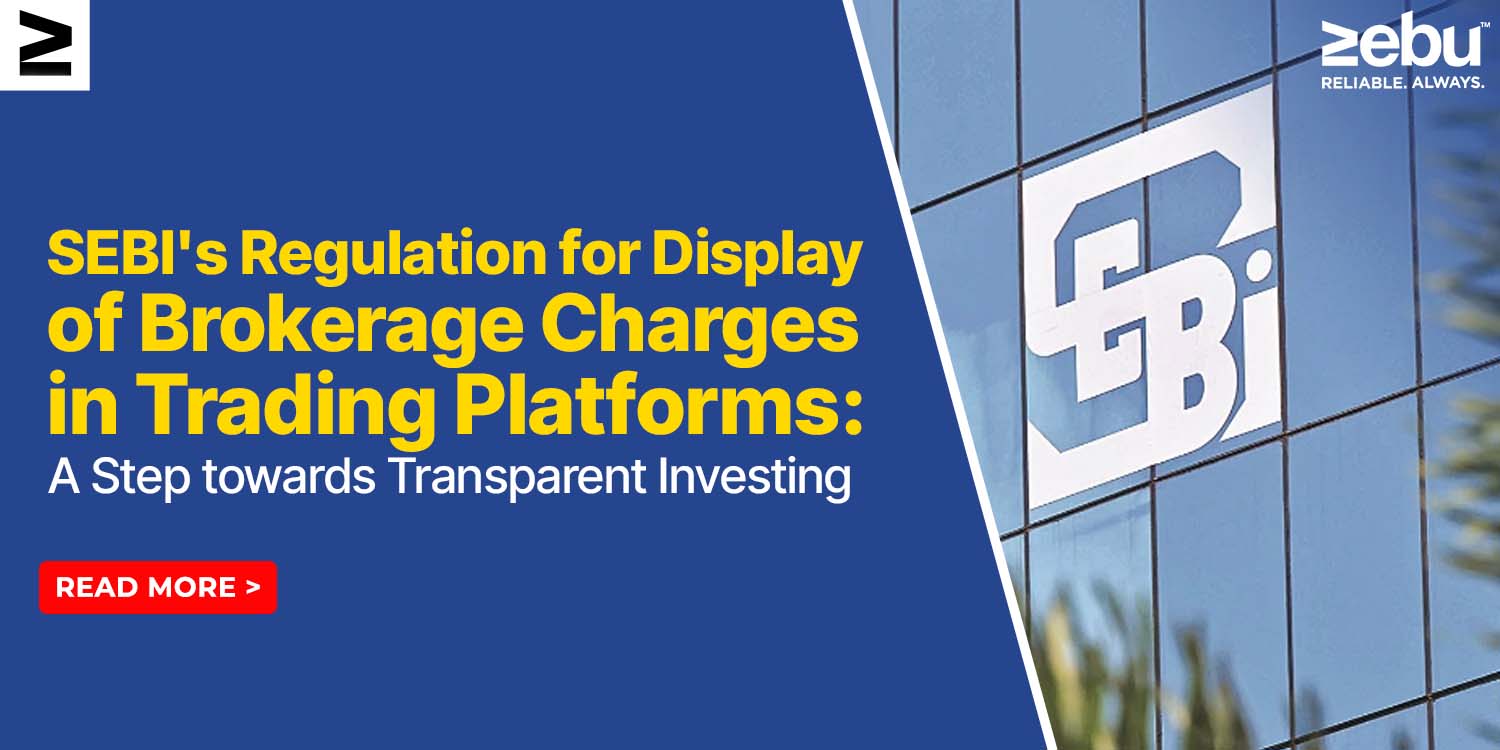
The Securities and Exchange Board of India (SEBI) has recently regulated that all brokerage charges, including STT, GST, and stamping, should be displayed in the order window of trading platforms, effective January 31st. This move by SEBI is aimed at providing transparency in the investment process and ensuring that investors are aware of all charges that they are paying. The necessity for transparency in the investment process cannot be overstated. In the past, investors were often unaware of hidden charges that impacted the overall return on their investments.
The lack of transparency made it difficult for investors to make informed decisions, and in some cases, led to disputes between investors and brokers. With the new regulation, all charges will be displayed upfront, eliminating the possibility of hidden charges and enabling investors to make informed decisions. In addition to providing transparency, the regulation also ensures that investors are not subject to any hidden charges that may impact their return on investment. With all charges displayed in the order window, investors can compare the brokerage charges of different trading platforms and choose the one that offers the best value for their money.
This can lead to significant savings for investors, especially in the long-term. Another benefit of the regulation is that it makes it easier for investors to compare the charges of different brokers. This can help investors make informed decisions about which broker to use, based on their specific needs and financial goals. With the information readily available, investors can make informed decisions about their investments and ensure that they are making the most of their hard-earned money. In conclusion, SEBI’s regulation for the display of brokerage charges in trading platforms is a step towards transparent investing. By providing investors with all the information they need to make informed decisions, the regulation eliminates the possibility of hidden charges and ensures that investors are aware of all charges that they are paying.
This move by SEBI will benefit investors in the long run and help create a more transparent and fair investment environment. As an investor, it is important to be informed about all charges and fees associated with your investments. With the new regulation, investors have access to all the information they need to make informed decisions and ensure that they are getting the best value for their money. So, whether you are a seasoned investor or just starting out, take advantage of this regulation and make informed decisions about your investments.


